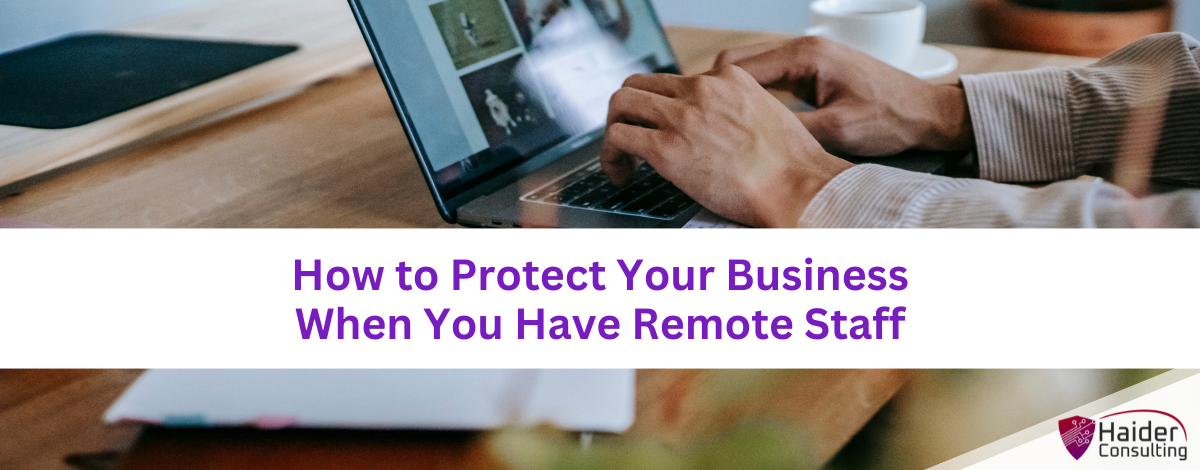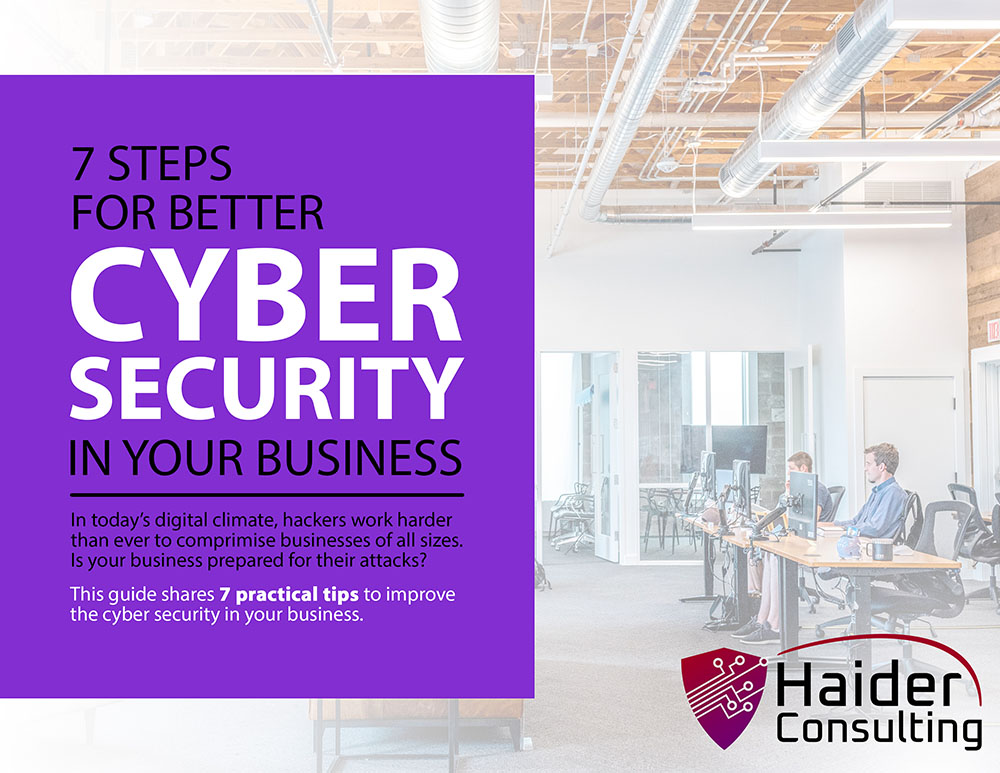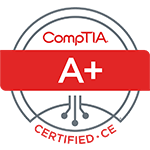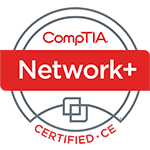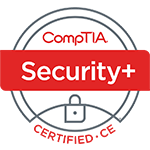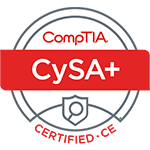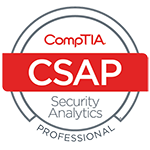Remote work has changed a lot in the last few years. What started as a quick solution to keep businesses running during a global crisis has now become the normal way of working for many companies—especially small businesses.
If you’re running a business in today’s digital world, relying on good intentions or old security practices isn’t enough. To stay safe, follow the rules, and stay ahead of the competition, your security strategies need to keep up with fast-changing threats.
In this article, we’ll explore modern remote work security tips designed for 2025. These will help you protect your business, support your team, and avoid costly problems. Whether you’re storing customer data in the cloud, working with teams around the world, or offering hybrid work setups, today’s remote work environment brings new and serious security challenges.
How Common is Remote Work in 2025?
Remote and hybrid work are no longer trends—they’re the norm. For many employees, flexible work options are a must-have when choosing where to work. A 2024 Gartner report found that 76% of workers now expect flexible work setups as standard. While this shift brings more freedom and productivity, it also opens the door to new security risks.
Today, employees work from all kinds of places—homes, cafés, coworking spaces, even public Wi-Fi. This creates a wider and more complicated risk area for businesses to protect.
Remote work in 2025 is more than giving employees laptops and using Zoom. It means building strong security plans that address modern risks—like unknown devices, outdated apps, phishing scams, and stolen login credentials.
Here’s why stronger security is more important than ever:
• Phishing attacks are harder to spot and target remote workers more often.
• Rules around data protection are tougher, with bigger fines for breaking them.
• Employees use more tools and platforms, making it easier for unsafe or unapproved software to slip in unnoticed.
Advanced Remote Work Security Strategies
In 2025, securing remote work isn’t about guarding the office perimeter—it’s about building smart, flexible systems that adjust to modern threats. Below are key upgrades and strategy changes your business should put in place now.
Use a Zero Trust Approach
Assume that every connection could be a threat. Zero Trust is no longer just a trend—it’s now a core security method. This approach means no device, user, or network is trusted automatically, even inside your systems.
How to get started:
• Set up Identity and Access Management (IAM) tools with strong multi-factor authentication (MFA).
• Build access rules based on user roles, device health, behavior, and location.
• Watch user activity in real time to spot anything unusual.
Expert tip:
Use platforms like Okta or Azure Active Directory. They support conditional access rules and offer real-time tracking tools to keep your network safe.
Use Endpoint Detection and Response (EDR) Tools
Old antivirus tools can’t handle today’s cyber risks. EDR software gives you around-the-clock visibility into how devices are behaving, with alerts, automatic actions, and investigation tools built in.
Steps to take:
• Pick an EDR solution that offers smart threat detection, AI-driven behavior tracking, and fast responses to attacks.
• Connect your EDR system with your other security tools to streamline alerts and data sharing.
• Test your setup by updating rules and running practice attacks to make sure it works correctly.
Secure Your Staff’s Access with VPN Alternatives
VPNs still work, but they can be slow, hard to manage, and not always secure. Today’s top access tools are more flexible and built for the cloud.
Smart alternatives include:
• Software-Defined Perimeter (SDP) – Controls access based on who the user is and what device they’re using.
• Cloud Access Security Brokers (CASBs) – Help monitor and control cloud app usage.
• Secure Access Service Edge (SASE) – Combines networking and security tools for smoother, safer remote access.
These tools are better suited for modern teams that work from anywhere, offering more speed, control, and protection.
Automatic Patch Updates
Unpatched software is a common way hackers get in. Automating updates helps keep your remote devices secure.
To stay protected:
• Use Remote Monitoring and Management (RMM) tools to update all devices regularly.
• Do routine checkups to find and fix systems that missed updates.
• Try new patches in test environments first to avoid tech issues.
Important:
Most major data breaches in 2024 happened because companies didn’t fix known bugs in time.
Create a Security-First Culture
Great security starts with your people. Even the best tools can’t help if employees make unsafe choices. Building the right habits is key.
What helps:
• Run regular, short cybersecurity training sessions that are easy to follow.
• Send out fake phishing tests to teach and reinforce safe email habits.
• Write clear, simple security rules that everyone can understand.
Pro tip:
Make security part of leadership goals—when leaders take it seriously, the rest of the team will too.
Put Data Loss Prevention (DLP) in Place
As employees work from different devices and locations, the chances of data being accidentally or intentionally shared without permission go up. Data Loss Prevention (DLP) tools help stop sensitive information from leaking by watching how it moves and setting limits.
Here’s how to get started:
- Use software that scans and labels sensitive data automatically, based on what it contains and how it’s used.
- Set smart rules to limit who can share what data, depending on the person’s role, device, or destination.
- Turn on tools that scan messages and files in real time to catch and stop risky data sharing.
Expert tip:
Platforms like Microsoft Purview and Symantec DLP work well with cloud tools and give you great insight into how your data is used across remote and hybrid teams.
Use SIEM to See and Stop Threats Everywhere
With people working in different places, security issues can start from anywhere—laptops, cloud apps, or user accounts. A SIEM (Security Information and Event Management) system pulls together all your security data so you can spot threats fast and meet compliance rules.
What to focus on:
- Pull in logs from EDR tools, cloud platforms, firewalls, and access systems to get a full picture of what’s happening in your network.
- Let AI and behavior tracking tools scan for odd activity and take instant action, like cutting off access or locking risky accounts.
- Use SIEM reports to meet compliance standards easily. They provide a clear record of activity that helps with audits for rules like HIPAA, PCI DSS, or GDPR.
These systems make it easier to catch and respond to threats—before they turn into something worse.
Expert Tips for Building a Strong Remote Security Setup
In today’s digital workplace, security isn’t a one-time setup—it’s a flexible system that adjusts as people, devices, and apps change. A solid remote security plan doesn’t depend on separate tools working alone. It works best when everything is connected and can respond to threats quickly and together.
Here are a few key tips to help your small business create a smart, unified security system that keeps you protected from modern cyber risks:
Use Automation and AI to Respond to Threats Quickly
Why it matters:
Cyberattacks happen fast, so your defenses need to react even faster. Using automation and AI helps stop threats before they cause damage.
What to do:
- Set up your SIEM and EDR tools to take automatic actions—like shutting down suspicious devices or locking user accounts—based on rules you define.
- Use SOAR (Security Orchestration, Automation, and Response) platforms or playbooks to plan your responses in advance.
- Rely on AI to detect unusual patterns, such as odd login times, large file transfers, or access from unfamiliar locations.
Review and Test Your Security Regularly
Why it matters:
Security isn’t something you set up once and forget. As your business and threats change, your defenses need to keep up.
What to do:
- Do full security checkups every 3 to 6 months. This includes reviewing access controls, backups, software updates, and identity management.
- Run tests, like simulated attacks or penetration testing, to find and fix weaknesses before hackers do.
- Watch how employees use systems and adjust training based on new risks or common mistakes.
Need help? A Managed IT Service Provider (MSP) can monitor your systems around the clock, guide you on improvements, and support compliance needs—acting as a trusted partner.
Plan for Long-Term Success, Not Quick Fixes
Why it matters:
Your team and tools are always changing. A flexible, scalable security setup is easier to maintain and adapts as your business grows.
What to do:
- Choose tools that integrate easily with others so you can upgrade without starting over.
- Use cloud-based solutions that support remote and hybrid work without adding complexity.
- Focus on ease of use and compatibility—especially when your team uses different devices and works from different places.
Get the Help Your Remote Team Needs
Remote and hybrid work aren’t going anywhere—and that’s okay! They bring flexibility, access to more talent, and increased productivity. But with these benefits come new security challenges. That’s why it’s important to use smarter tools and strategies to stay protected. Solutions like Zero Trust security, Endpoint Detection and Response (EDR), SASE networks, automated patching, and regular employee training can help turn your remote setup into a secure and efficient workspace. These tools not only protect your systems but also support compliance, reduce downtime, and give you peace of mind.
Want to boost your security? Partner with Haider Consulting to explore advanced solutions that keep your business safe from evolving threats. Now is the time to strengthen your defenses and stay ahead of what’s next.
Book My 17-Minute Call